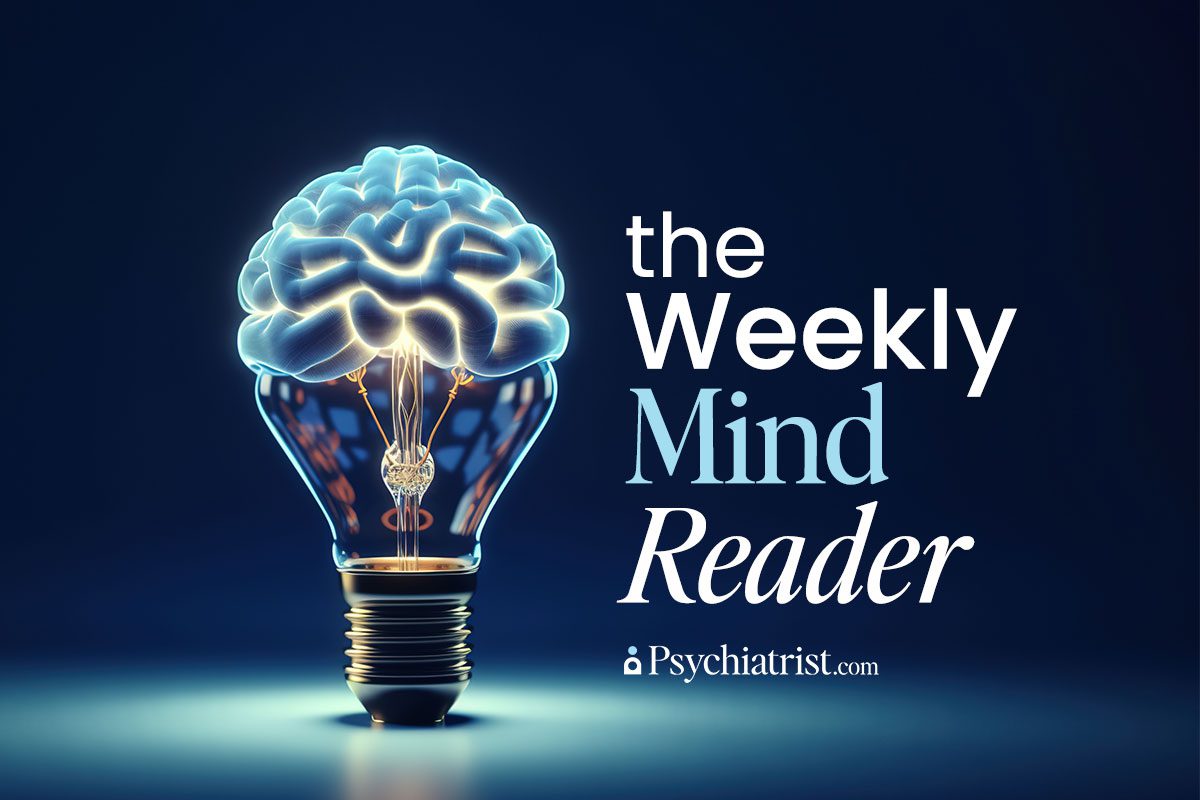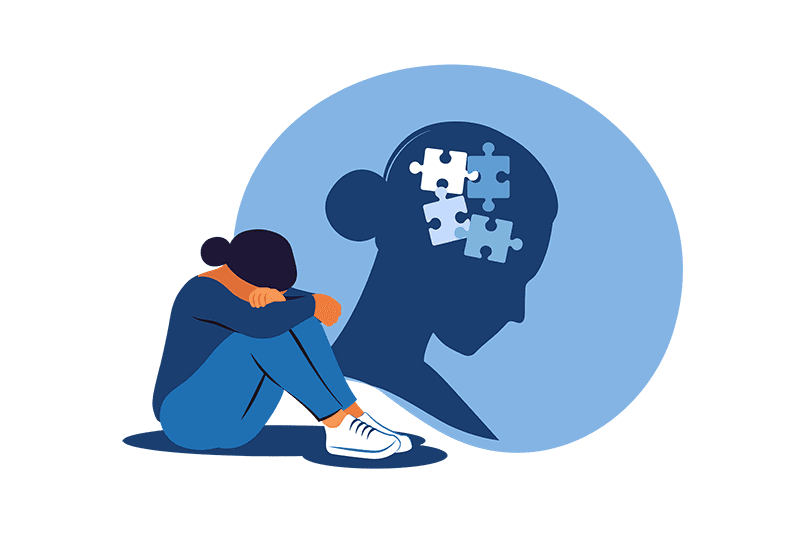In a recent study published in Nature, a global team of researchers utilized advanced methods to probe the developmental intricacies of autism spectrum disorder (ASD).
At the heart of their work were cerebral organoids, lab-grown, three-dimensional models of the human brain. These mini-brains closely simulate early human neurodevelopment, offering a more precise research platform than animal models or traditional two-dimensional cell cultures. Although not as complex as an actual human brain, these fabricated structures enabled the scientists to investigate the complex interplay of cells and genes during brain formation.
Cassandra Syndrome Causes Anger, Frustration in Autism Relationships
Antenatal and Neonatal Risk Factors in Autism Spectrum Disorder
Buspirone for Comorbid Anxiety in Autism
CRISPR Insights
The team employed CRISPR, a gene-editing tool, to modify specific genes and observe their impact on brain development. They enhanced the capabilities of CRISPR with a specialized version called the CHOOSE system, which allowed them to do an in-depth analysis at the single-cell level.
The focus of the study was on 36 genes with strong ties to autism, chosen due to their high probability of contributing to the condition. The researchers found that certain brain cells, specifically dorsal intermediate progenitors and ventral progenitors, were particularly sensitive to changes in these genes. This discovery underscores that genetic variations affect brain cells differently, implying that targeted therapies could be most effective when aimed at these vulnerable cell types.
Importantly, the research offered pivotal insights into the potential origins of ASD during the formative stages of brain development. ASD is specific to humans and usually does not receive a diagnosis until after birth. But its roots likely begin in the womb as the brain undergoes its intricate, early evolution.
The study’s findings could serve as a guide for future autism research, the researchers say, identifying the cell types most susceptible to autism-related genetic variations. The team also created a developmental gene regulatory network, essentially a blueprint of how various genes interact during brain development. This helped pinpoint critical networks that become disrupted when autism-linked genes are altered.
Broader Implications
In the U.S., the Centers for Disease Control and Prevention (CDC) estimate that 1 in 36 children has ASD. The 36 high-risk genes analyzed here are among a broader set implicated in autism. As the authors noted, the candidates they studied aren’t “autism genes” in the strict sense. However, their alteration significantly elevates autism risk. The use of cerebral organoids provided a detailed view of how these genes affect various brain cell types at multiple developmental stages.
Another key point in the study is its focus on cell fate determination—understanding how a stem cell evolves into specific types of cells during development. Deviations in this process can cascade into broader developmental issues, potentially contributing to conditions like autism. This research paves the way for future studies aimed at correcting such deviations.
And, while the study offers a detailed genetic and cellular profile, it doesn’t fully capture autism’s complexity, which may also involve environmental factors and other unknown variables. Translating these insights into effective treatments remains a challenge. However, the techniques could eventually adapt for use in high-throughput drug testing, an essential step in crafting targeted therapies.
The researchers hope their work will spur further investigation into autism and its treatment. Moreover, the study could have broader implications, as the examined genes are also implicated in other neurological conditions like schizophrenia and bipolar disorder. Understanding the role of genetics in autism may shed light on these other conditions, widening the study’s impact.



